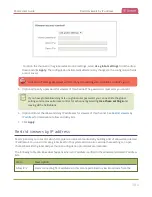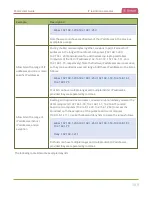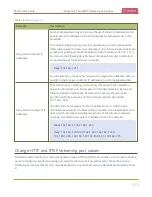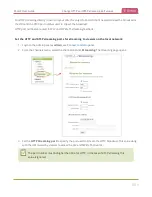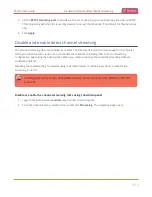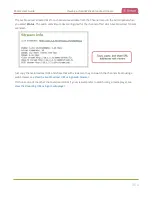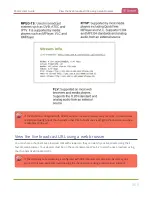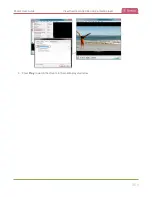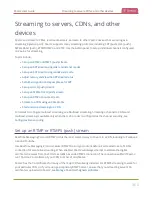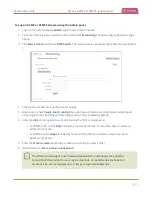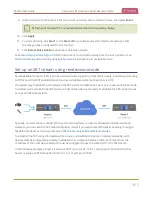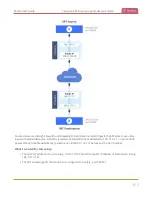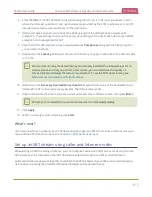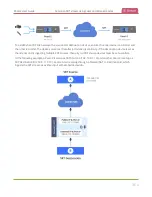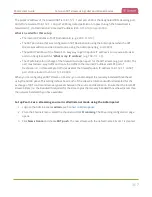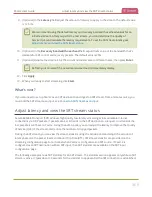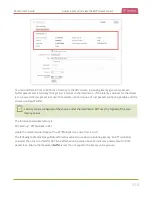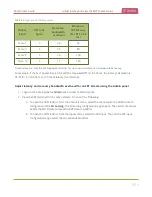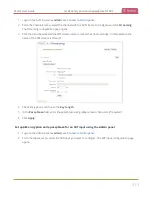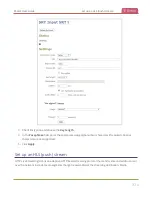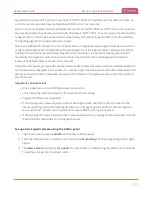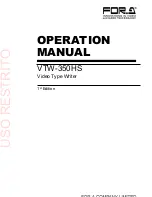
Pearl-2 User Guide
Streaming to servers, CDNs, and other devices
Streaming to servers, CDNs, and other
devices
Pearl-2 can stream to CDNs, local media servers, and even to other Pearl-2 devices that are acting as a
streaming ingestion point. Pearl-2 supports many streaming protocols, including: SRT (push), HLS (push),
MPEG-DASH (push), RTMP/RTMPS, and RTSP. Use the Admin panel to set up individual channels configured
on Pearl-2 for streaming.
Topics include:
l
Set up an RTMP or RTMPS (push) stream
l
Set up an SRT stream using caller and listener modes
l
Set up an SRT stream using rendezvous mode
l
Adjust latency and view the SRT stream status
l
Set AES encryption and a passphrase for SRT
l
l
Set up an MPEG-DASH (push) stream
l
Set up an RTSP announce stream
l
Stream to a CDN using an XML profile
l
Start and stop streaming to a CDN
For details to configure multicast streaming, see
. Streaming a channel to CDNs and
multicast streaming is available only when the H.264 codec is configured as the channel encoding, see
.
Set up an RTMP or RTMPS (push) stream
Real Time Messaging Protocol (RTMP) is this the most common way to stream to a CDN, including to Facebook
Live and YouTube.
Use Real Time Messaging Protocol Secure (RTMPS) to encrypt content before it's streamed over a TLS/SSL
connection for secure live streaming. When enabled, Pearl-2 will always attempt to validate the digital
certificate it receives from the CDN to establish a secure RTMPS connection. The connection will fail if Pearl-2
can't find the CA certificate of your CDN in it's list of certificates.
Pearl-2 has the CA certificates for many of the major CDNs already installed. For RTMPS streaming to work for
your particular CDN, or if you're using a proprietary RTMPS server, ensure that your streaming server's CA
certificate is uploaded to Pearl-2, see
Manage CA and self-signed certificates
.
360

